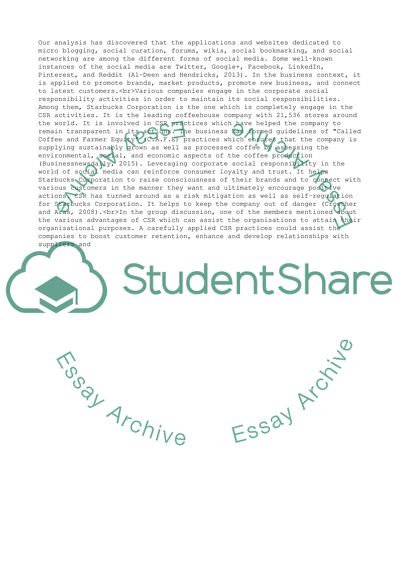Cite this document
(Social Media and Starbucks Corporation Coursework Example | Topics and Well Written Essays - 3000 words, n.d.)
Social Media and Starbucks Corporation Coursework Example | Topics and Well Written Essays - 3000 words. https://studentshare.org/management/1873835-reflective-portfolio-04013
Social Media and Starbucks Corporation Coursework Example | Topics and Well Written Essays - 3000 words. https://studentshare.org/management/1873835-reflective-portfolio-04013
(Social Media and Starbucks Corporation Coursework Example | Topics and Well Written Essays - 3000 Words)
Social Media and Starbucks Corporation Coursework Example | Topics and Well Written Essays - 3000 Words. https://studentshare.org/management/1873835-reflective-portfolio-04013.
Social Media and Starbucks Corporation Coursework Example | Topics and Well Written Essays - 3000 Words. https://studentshare.org/management/1873835-reflective-portfolio-04013.
“Social Media and Starbucks Corporation Coursework Example | Topics and Well Written Essays - 3000 Words”. https://studentshare.org/management/1873835-reflective-portfolio-04013.


